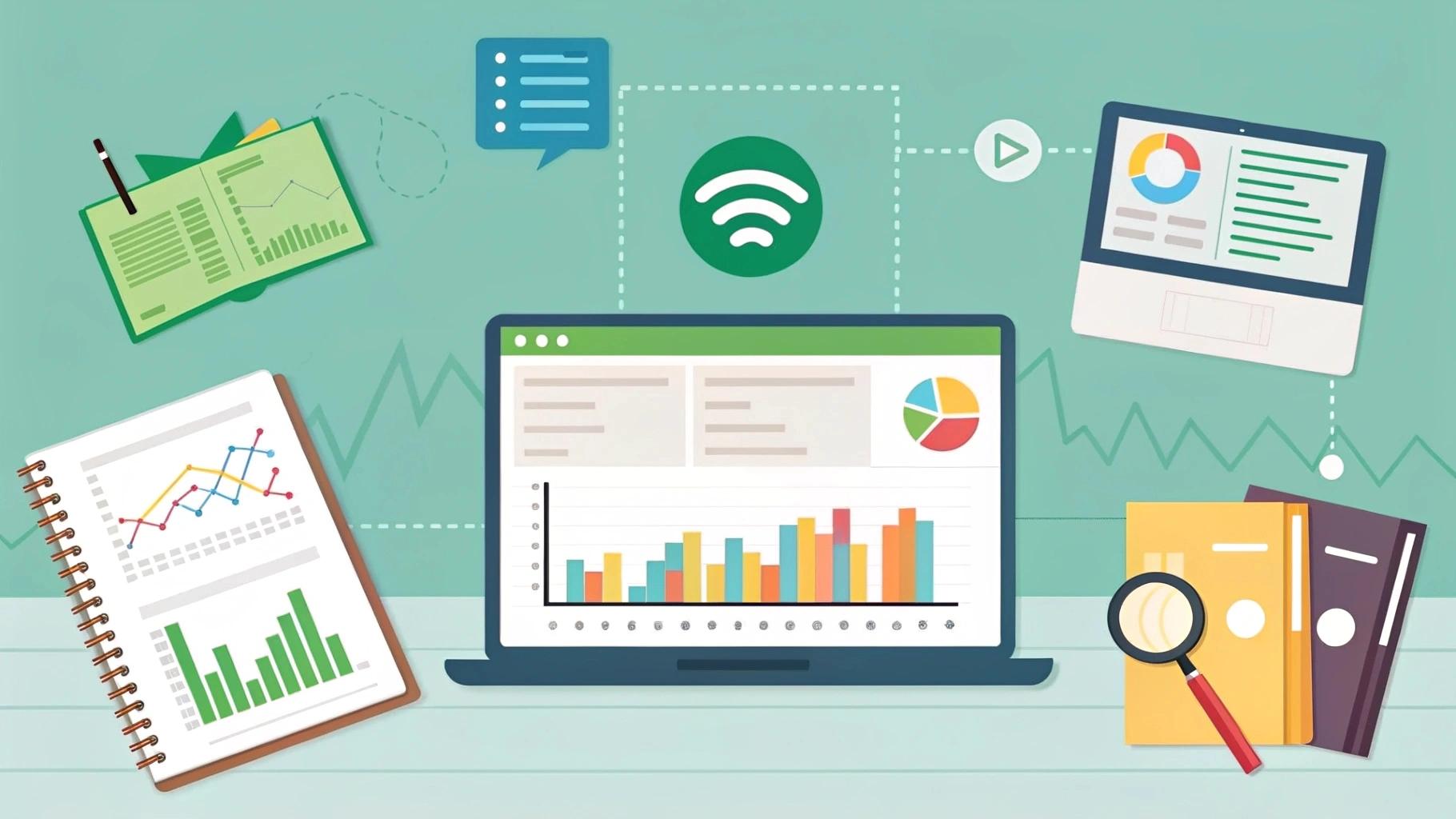
Ever wondered how your favorite artist stacks up against the competition? Or maybe you're curious about which tracks are absolutely crushing it in different countries according to Spotify analytics? Here's the thing – Spotify's got all that juicy data, and you can tap into it without spending a dime.
I've been building a web app Genre Finder App that helps music lovers discover songs by genre, artist connections, and playlist ideas. Through this journey, I've learned that accessing Spotify artist data isn't just for tech wizards – it's surprisingly accessible once you know the right moves.
Why Spotify Artist Data Matters
Before we dive into the how-to, let's talk about why this stuff is pure gold for understanding music stats. Spotify tracks everything – follower counts, popularity scores, related artists, and top tracks by region through its analytics. It's kind of like seeing the world of music through X-rays, revealing the hidden stats behind each artist.
Numbers that show streaming don't tell the whole story here. This is true whether you study music statistics, are an independent artist looking for your area, or go through playlists looking for the next big thing.
Getting Started: Your Free Access Pass
Here's where most people think they need some fancy paid service. Nope. Spotify's Web API is free – you just need to register as a developer (which sounds scarier than it is).
Head to Spotify for Developers and create an app. Don't worry, you're not actually building the next Spotify killer – you're just getting your credentials to access their data vault.
Once you are set up, you will be given a Client ID and a Client Secret. These are two very important keys. Think of these as your private passes to Spotify's data party.
The Authentication Dance
This part trips up most beginners, but it's actually straightforward. For pulling general artist info (which is what we're after), you'll use what's called "Client Credentials flow."
You'll send a quick request to Spotify's token endpoint with your credentials, and boom – you get an access token that's valid for about an hour to access Spotify analytics. It's like getting a temporary VIP wristband to access exclusive Spotify playlists.
Essential Endpoints Every Music Lover Should Know
- Get Artist Metadata to delve deeper into their stats and analytics on Spotify.This is your bread and butter. Pop in an artist's Spotify ID, and you'll get their name, genres, follower count, popularity score (0-100), and those crisp profile images. The popularity score is especially fascinating – it's not just about streams, but how "hot" an artist is right now based on their monthly listeners.
- Search for Artists on Spotify to discover their metrics and popularity.Don't know the artist ID? No problem. The search endpoint lets you find artists by name. Pro tip: it's pretty forgiving with spelling mistakes, so "Adel" will still find Adele.
- Top Tracks by MarketHere's where things get interesting. An artist's top tracks in the US might be completely different from their hits in Japan or Brazil. This endpoint shows you those regional preferences – perfect for understanding global music trends.
- Related ArtistsThis is my personal favorite. It will then offer up to 20 artists that are similar to what you're looking for. Like having a music search engine that never gets tired of hearing you ask, "What should I listen to next?"
- Artist Albums and DiscographyGet the full catalog – albums, singles, compilations, and features, all available through Spotify for Artists. You can filter by type and market, which is clutch for tracking an artist's evolution across different regions.
Real-World Applications That Actually Matter
I've seen people use this data in ways that'll blow your mind. Playlist curators analyze related artists to build better thematic collections. Music bloggers track popularity scores and monthly listeners to spot rising stars before they explode. Even casual listeners use this to dive deeper into their favorite artists' connections and explore their artist profiles on Spotify for Artists.
For my web app, I pull related artist data to suggest genre-specific playlists. When someone searches for "chill indie rock," I'm not just matching keywords – I'm using Spotify's relationship data to find artists that actually vibe together.
The Technical Bits (Don't Skip This)
You'll need to make HTTP requests with proper authorization headers. Most programming languages have libraries that make this painless – whether you're using Python, JavaScript, or whatever language floats your boat.
Rate limiting is real, so don't go crazy with requests. Spotify's pretty generous, but hammering their servers won't make you friends.
Data That Actually Tells Stories
The beauty of Spotify artist data isn't just in the numbers – it's in the patterns. Watch how an artist's popularity score changes over time. Notice which markets embrace certain genres first by analyzing the Spotify analytics data. See how collaborations affect related artist networks.
I've spent hours browsing for artists that are like my favorites so I can discover new music. That's like discussing the nature of the Spotify recommendation engine.
Beyond the Basics
When you know the core endpoints, you can begin connecting the data in clever ways. Develop popularity scores according to the number of followers active fan artists possess. Check the most popular tracks in various markets to discover what's hot in culture according to Spotify playlists.
The real magic happens when you start connecting dots between different data points. That's where the insights live.
Your Next Steps
Start simple. Pick your favorite artist, grab their data, and just explore. See who they're related to, check out their top tracks in different countries, browse their full discography.
The best part? This is all free, legal, and updated in real-time. You're not scraping sketchy websites or paying for outdated datasets – you're plugging directly into Spotify's live data stream.
Music discovery just got a whole lot more interesting, and you've got the keys to unlock it all with Spotify for Artists.